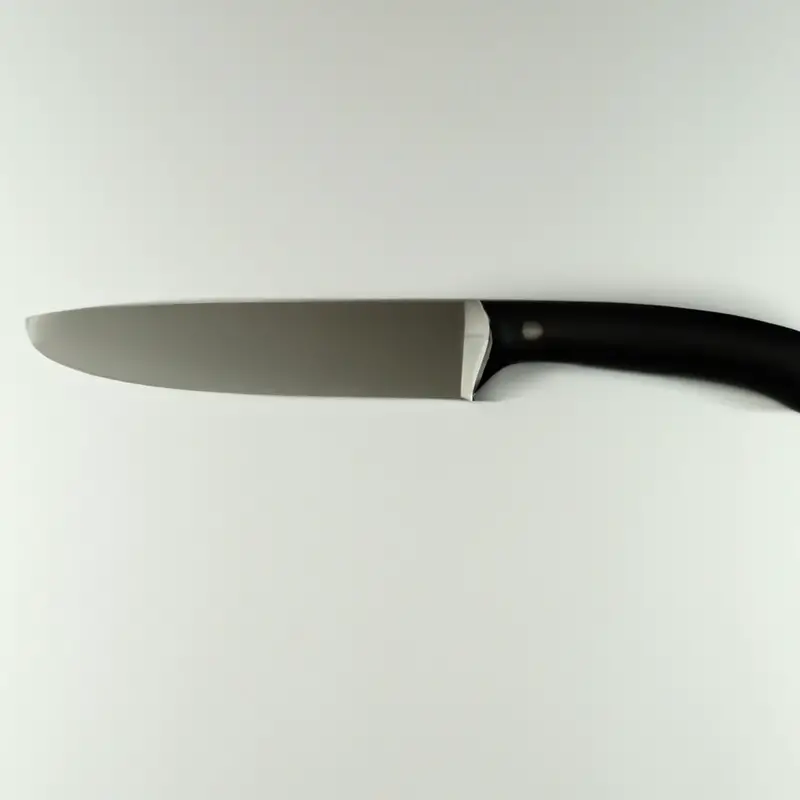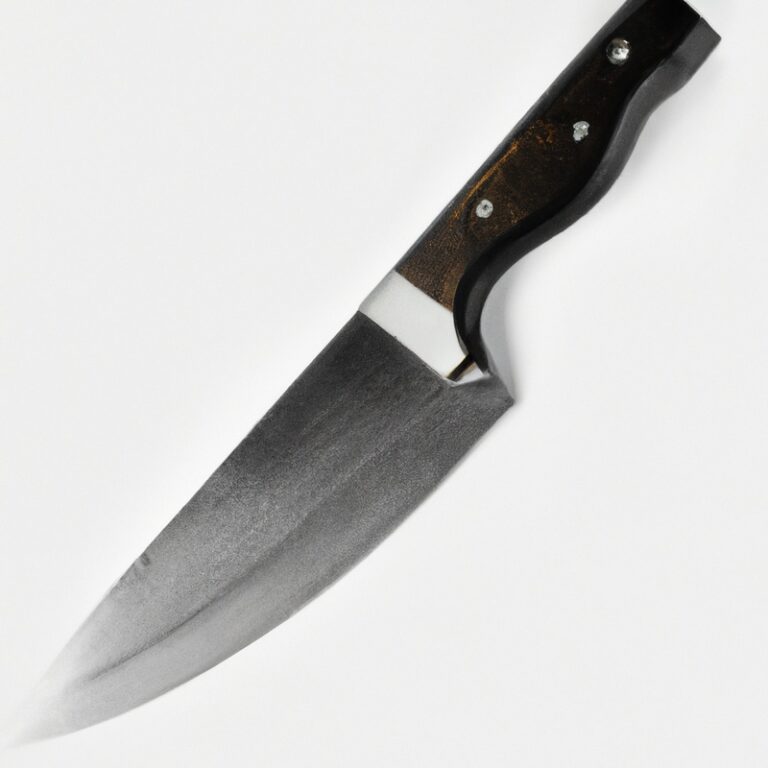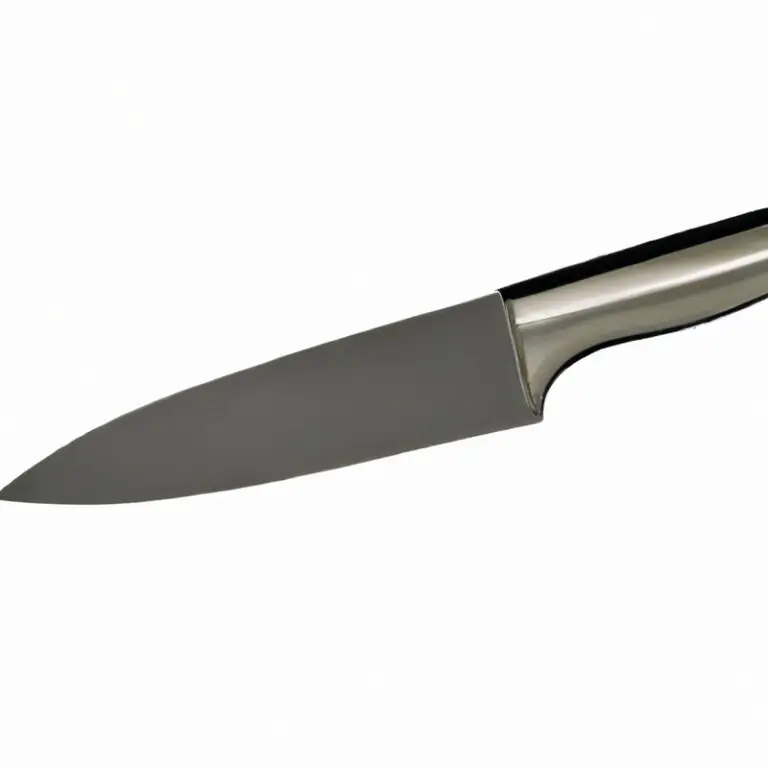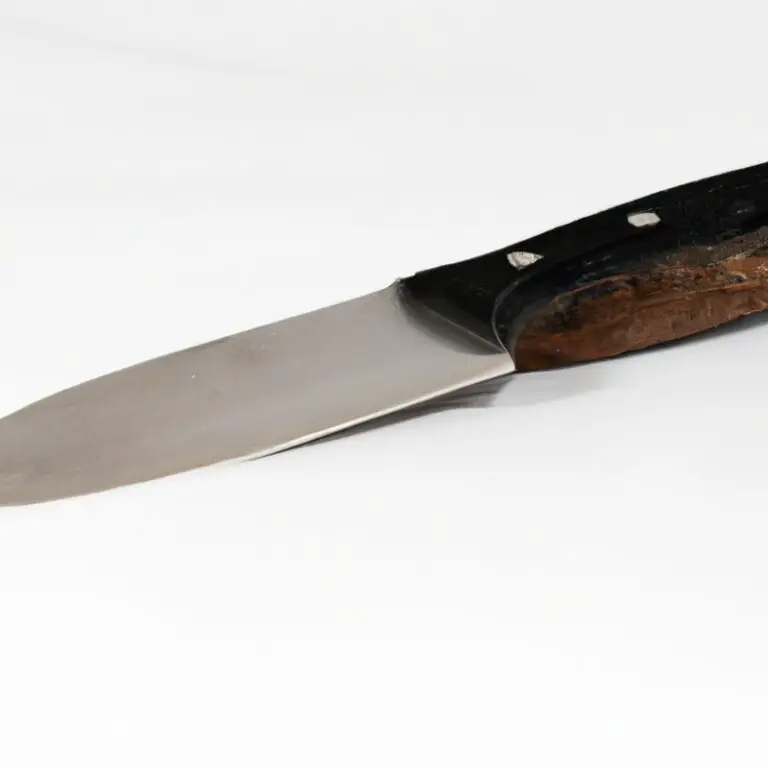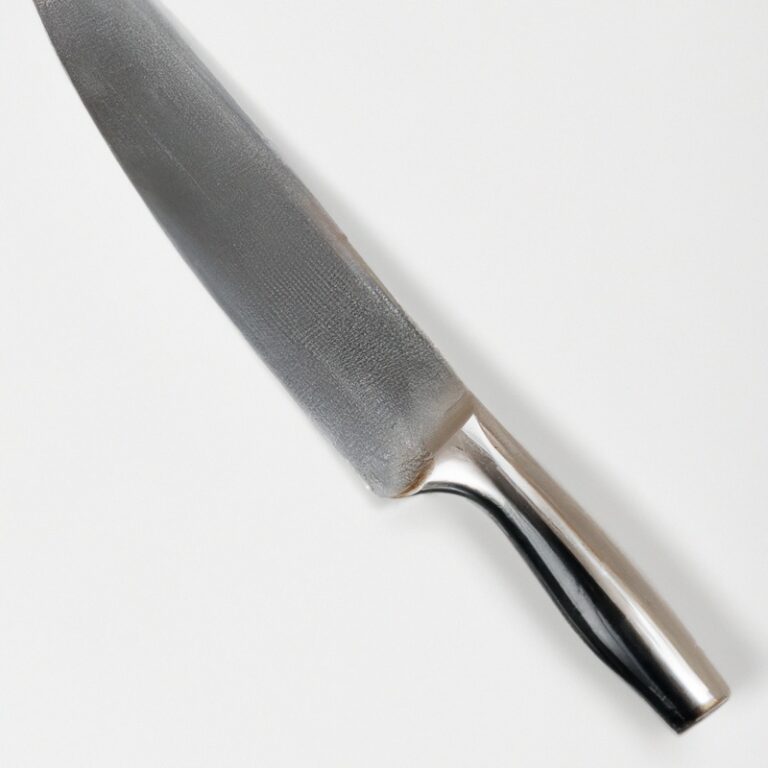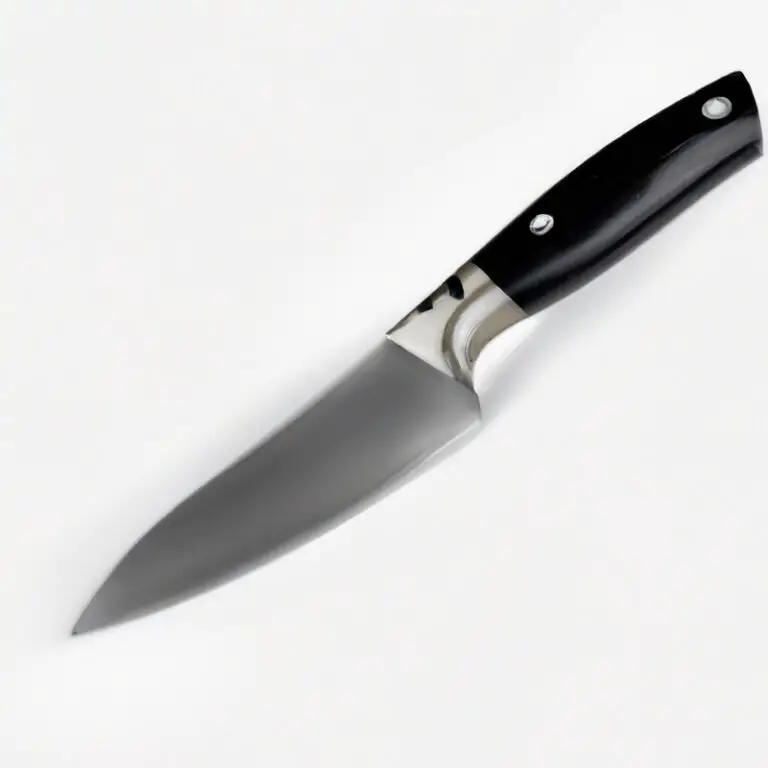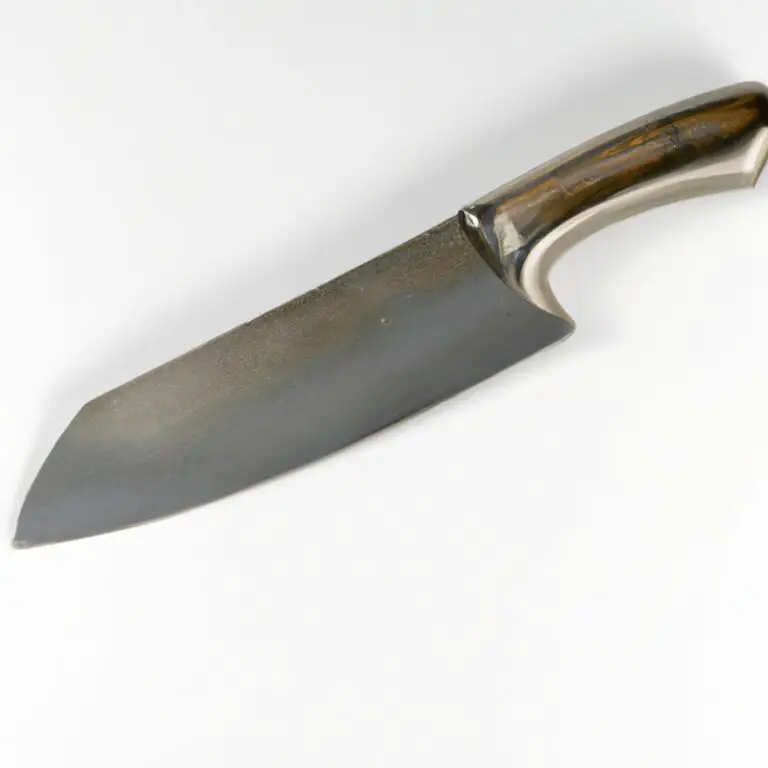How To Fillet a Sardine Using a Fillet Knife? Watch And Learn!
Key Takeaways:
- A fillet knife is essential for properly filleting a sardine without damaging the delicate flesh.
- Begin by cutting off the head and tail, then run the blade along the backbone to remove the fillet.
- Practice and patience are key to mastering the technique of filleting a sardine with a fillet knife.
- Always use a sharp knife and ensure proper safety measures are taken when handling the sharp blade.
Do you love sardines but find it a hassle to fillet them? Filleting a sardine with precision and ease requires the right technique, especially when using a fillet knife.
Whether you’re a seafood enthusiast or a beginner, don’t worry! With this step-by-step guide, you’ll learn how to fillet a sardine like a pro.
From preparing the fish to removing the bones, this guide will walk you through every aspect of the process. So, grab your fillet knife and get ready to enjoy fresh, homemade sardine fillets.
| Step | Description |
| 1 | Rinse the sardine under cold running water and pat it dry. |
| 2 | Place the sardine on a clean cutting board and hold it by the tail. |
| 3 | Insert the fillet knife behind the pectoral fins and cut along the backbone, towards the head. |
| 4 | Once you reach the head, use the tip of the knife to separate the flesh from the head. |
| 5 | Open the fish and run the knife along the rib bones to remove the fillet. |
| 6 | Place the fillet on the cutting board, skin side down, and remove the pin bones with tweezers. |
| 7 | Repeat the process on the other side of the fish. |
| 8 | Rinse the fillets under cold water and pat them dry. |
Prepare the Sardine for Filleting
To begin filleting a sardine, start by rinsing it under cold water and patting it dry. Then, remove the head and tail of the fish using a sharp fillet knife.
Make an incision along the spine of the fish from head to tail, being careful not to cut through the bone.
Once the backbone is exposed, use the knife to fillet one side of the fish, starting from the spine and cutting down towards the belly. Repeat the process on the other side of the fish.
Remove any pin bones from the fillets using a pair of tweezers.
Lastly, trim away the belly and skin from the fillet. Rinse and dry the fillets before cooking or storing.
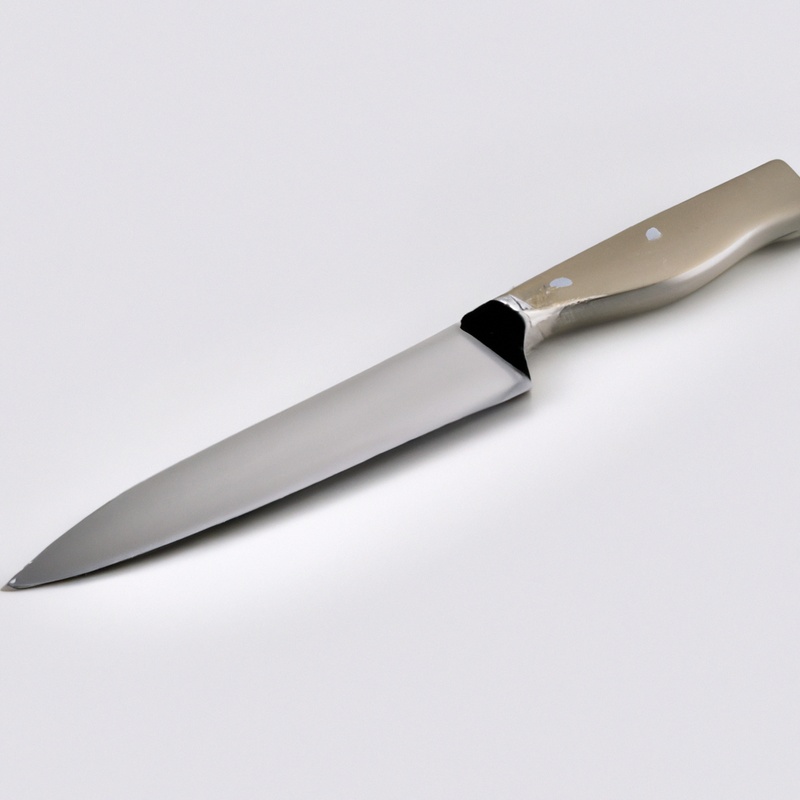
Choose the Right Fillet Knife
Choosing the right fillet knife is crucial to achieving a clean and accurate cut on your sardine. Look for a fillet knife with a long, thin, and flexible blade made from high-quality stainless steel.
A flexible blade allows the knife to bend and move as you cut, ensuring complete contact with the fish and maximizing the amount of meat you can harvest.
Additionally, a non-slip handle will help you maintain a firm grip and prevent any accidental slips or injuries. Take some time to select a quality fillet knife that suits your needs, and you’ll be well on your way to perfectly filleting your sardine.
Remove the Head and Tail of the Sardine
To remove the head and tail of a sardine, hold the fish firmly with one hand and use the fillet knife to make a cut behind the gills and down to the spine. Cut through the spine and continue all the way to the tail.
Next, grab the sardine by the tail and use the other hand to pull the head away from the body, removing the entire head and entrails.
Finally, use the fillet knife to remove the tail by cutting through the spine at the base. Discard the head and tail and proceed to the next step of filleting the sardine.
Make an Incision to Access the Backbone
To access the backbone, make a small vertical incision behind the gill plate and pectoral fin with the tip of your fillet knife. Insert the blade’s tip carefully and cut down to the spine.
Turn the blade parallel to the spine and slice down towards the tail, keeping it as close to the backbone as possible.
Go as far as the ribcage, where the spine ends. Use the tip of your knife to cut around the ribcage and remove the fillet.
Repeat the process on the other side.
Making this incision properly will make it easier to remove the flesh and avoid bones.
Cut the Flesh from the Backbone
To cut the flesh from the backbone, start by making a small incision at the top of the fish, just behind the head. Then, gently slide the fillet knife down the length of the backbone, using a sawing motion to separate the flesh from the bones.
Be careful not to cut through the bones or leave too much flesh behind.
Repeat the process on the other side of the fish until both fillets are free from the backbone. With a little practice, you’ll be able to quickly and efficiently remove the flesh from the backbone of a sardine, leaving behind a perfectly filleted fish that is ready to cook or store.
Repeat on the Other Side
After filleting one side of the sardine, it’s time to repeat the process on the other side. Flip the sardine over and repeat steps 4 and 5.
Start by making an incision near the head and cutting the flesh from the backbone using a fillet knife.
Carefully slide the knife to remove the flesh, making sure to keep it as close to the backbone as possible. Once you’ve removed all the flesh from the other side of the sardine, check for any remaining bones, and remove them with tweezers.
When you’re finished, trim the belly and skin from the fillet and rinse it with cold water before storing or cooking it.
Remove Pin Bones from the Fillet
Next, it’s time to remove the pin bones from the fillet. You can find the pin bones easily as they run down the center of the fillet.
You can always run your finger along the fillet to locate and feel for them.
To remove the pin bones, you can use a pair of tweezers or a pin bone remover. Gently grip the bone with the tweezers and pull it out of the flesh.
Repeat this process until you’ve removed all the pin bones from the fillet.
Removing these bones is necessary as they can be a choking hazard and can be unpleasant to bite into. So take your time and ensure that you’ve removed all of them before proceeding.
Once you’ve finished removing the pin bones, you can move on to the next step in filleting your sardine.
Trim the Belly and Skin from the Fillet
Once the fillet is removed from the sardine’s body, remove the belly and skin. Hold the fillet with its skin side down, then make an incision between the skin and the meat.
Use the fillet knife to separate the two by sliding it across the length of the fillet.
Be careful not to cut through the meat. After the skin is removed, locate the belly which is the area with a visible darker color.
Take out the belly by cutting through it along with the rib cage.
Once removed, ensure the fillet is entirely cleaned of any remaining bones or skin before rinsing and drying the fillets. You can either store or cook the sardine fillets as needed.
Rinse and Dry the Fillets
After filleting the sardine, it is crucial to rinse the fillets thoroughly under cold running water to remove any remaining scales, bones, or blood. Afterward, gently pat the fillets dry with a paper towel or a clean cloth.
It is essential to ensure that the fillets are completely dry before storing or cooking them to prevent spoiling or microbial growth on the surface.
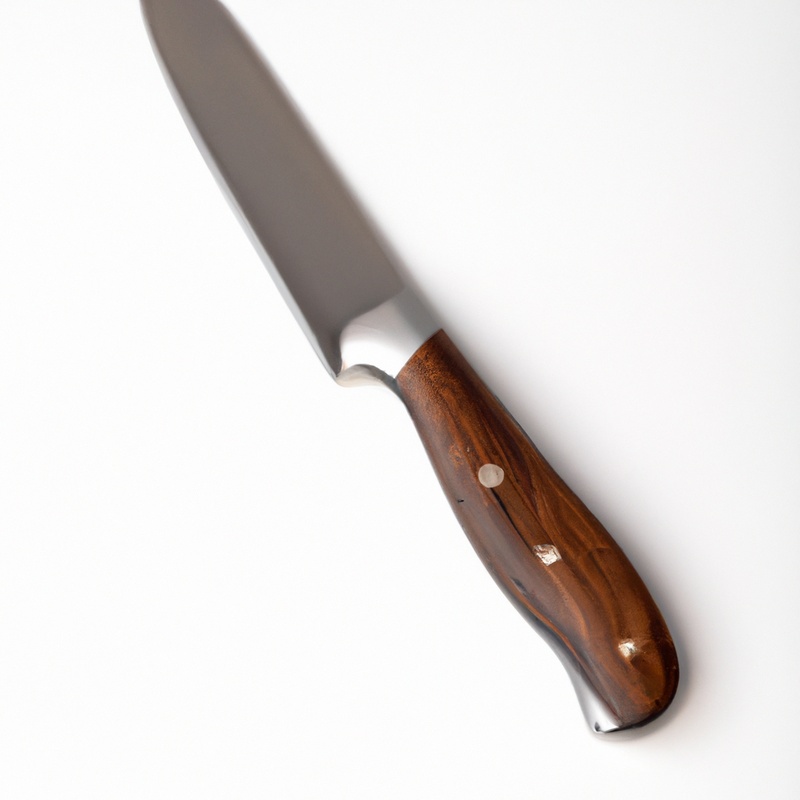
Store or Cook the Sardine Fillets
Once you’ve filleted the sardine, you can either cook or store the fillets. Sardine fillets can be stored in the refrigerator for up to 2-3 days.
Place the fillets in an airtight container or wrap them tightly in plastic wrap before storing them in the refrigerator.
If you want to store them for longer, you can freeze the fillets for up to 8 months. When it comes to cooking sardines, they can be grilled, baked, or fried.
Sardine fillets can be seasoned with your choice of herbs, spices, or marinades.
They can be served whole or used in salads, stews, and sauces. Sardine fillets are a rich source of omega-3 fatty acids and protein, making them a healthy addition to any diet.
Final Verdict
Filleting a sardine can seem intimidating at first, but with the right technique and tools, it becomes a simple process. Remember to prepare the sardine properly, choose the right fillet knife, and make precise incisions to remove the flesh from the backbone.
With practice, you’ll be able to fillet a sardine with ease and enjoy the delicious and nutritious benefits it provides.
As an expert in the field, I can attest to the importance of proper filleting techniques to ensure the best taste and presentation of your dish. By following these simple steps and taking care to remove any remaining pin bones, you can confidently prepare sardine fillets like a pro in no time.
So go ahead and give it a try, you won’t regret it!

